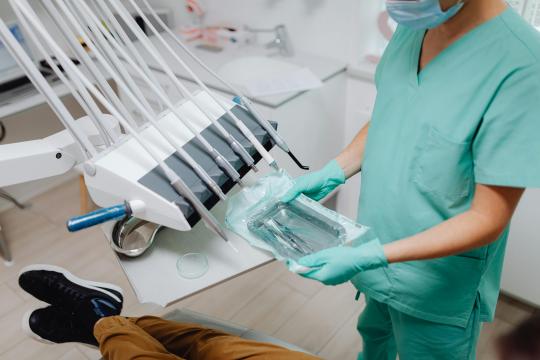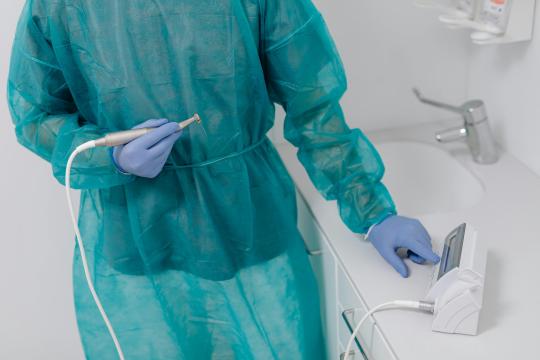- Home
- Infection Control
- Barrier Film in Dentistry: A Small Disposable That Prevents Big Cross-Contamination Risks in Operatories
Barrier Film in Dentistry: A Small Disposable That Prevents Big Cross-Contamination Risks in Operatories

Barrier film is one of the simplest, most effective tools for infection prevention in dental clinics. Learn where to use it, how it protects high-touch surfaces, and why it’s essential for keeping your operatory safe and compliant with modern protocols.
Barrier Film in Dentistry: A Small Product That Prevents Big Problems
In any busy dental practice, protecting your team and your patients from cross-contamination is a top priority. While PPE gets most of the spotlight, barrier film quietly plays a huge role behind the scenes.
It’s one of the easiest, cheapest, and most effective ways to reduce infection risk in high-touch zones.
🛡️ What Is Barrier Film?
Barrier film is a self-adhesive plastic sheet — typically dispensed in perforated rolls — used to cover equipment surfaces in the dental operatory.
It acts as a disposable shield between potentially contaminated gloves and surfaces like:
- Chairside controls
- Touchscreens
- Light handles
- Syringe bodies
- X-ray units
- Drawer handles
✅ Top Benefits of Using Barrier Film
- Cross-Contamination Control
Instead of disinfecting complex surfaces after each patient, simply peel and replace the film. - Saves Time
Reduces the need for repeated surface disinfection throughout the day. - Protects Equipment
Prevents chemical damage from harsh surface disinfectants. - Highly Visible & Easy to Use
Transparent or color-coded sheets make it easy to see which areas are protected.
🦷 Best Practices
- Apply barrier film at the start of each day or patient session
- Replace it after every patient to maintain proper hygiene
- Use rolls with tacky backing for easy application and clean removal
- Always cover areas that are hard to disinfect or frequently touched
✅ Conclusion
Barrier film may seem like a small detail, but it makes a big impact on your infection control strategy. It’s fast, effective, and inexpensive — and it should be part of every operatory’s daily routine.
Related Posts
Sterilization pouches are essential for ensuring instrument cleanliness and preventing cross-contamination. Learn how to choose, load, and seal pouches correctly — and avoid common mistakes that compromise your sterilization protocol.
(read more)Disposable air/water syringe tips play a critical role in infection prevention and patient safety. Discover why upgrading from metal tips to high-quality disposables can reduce contamination risks, improve workflow, and enhance patient experience.
(read more)






